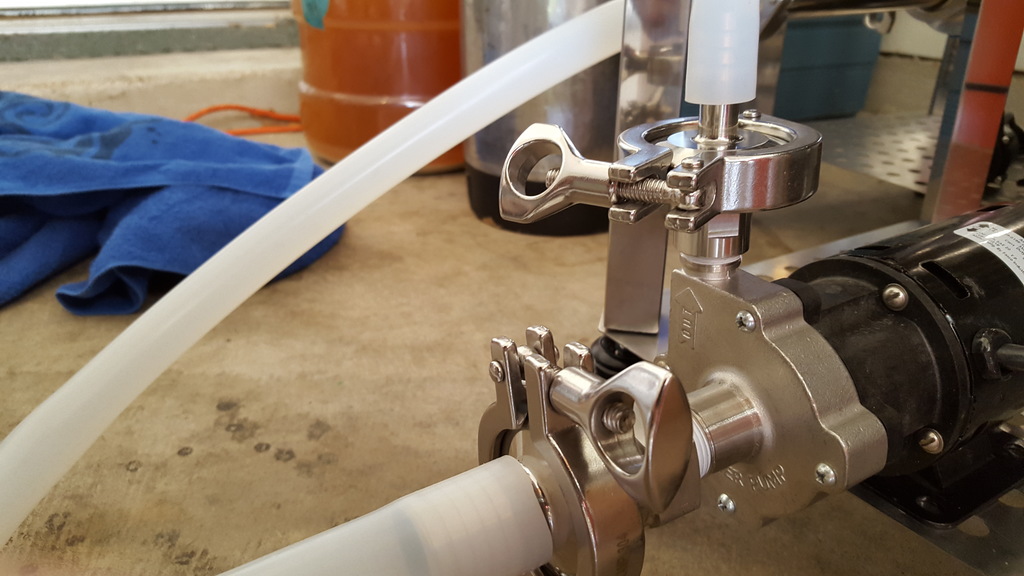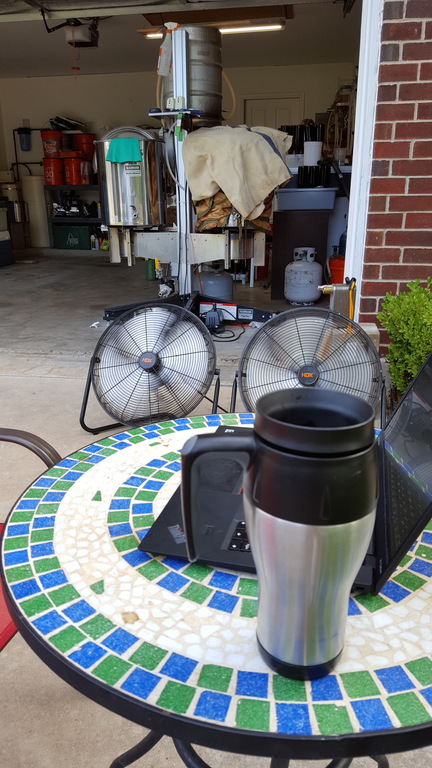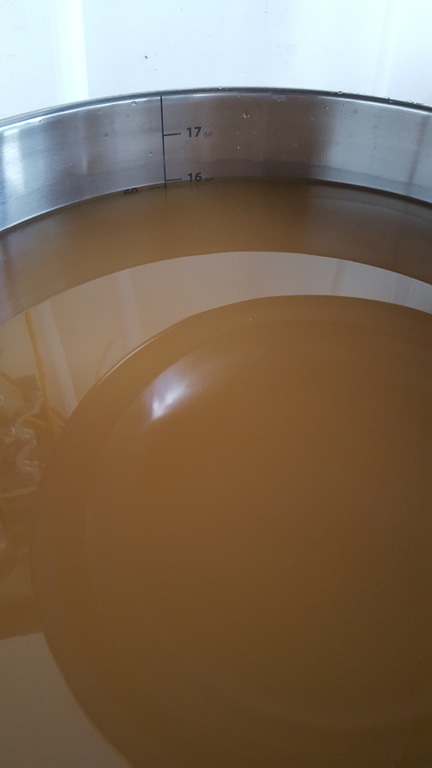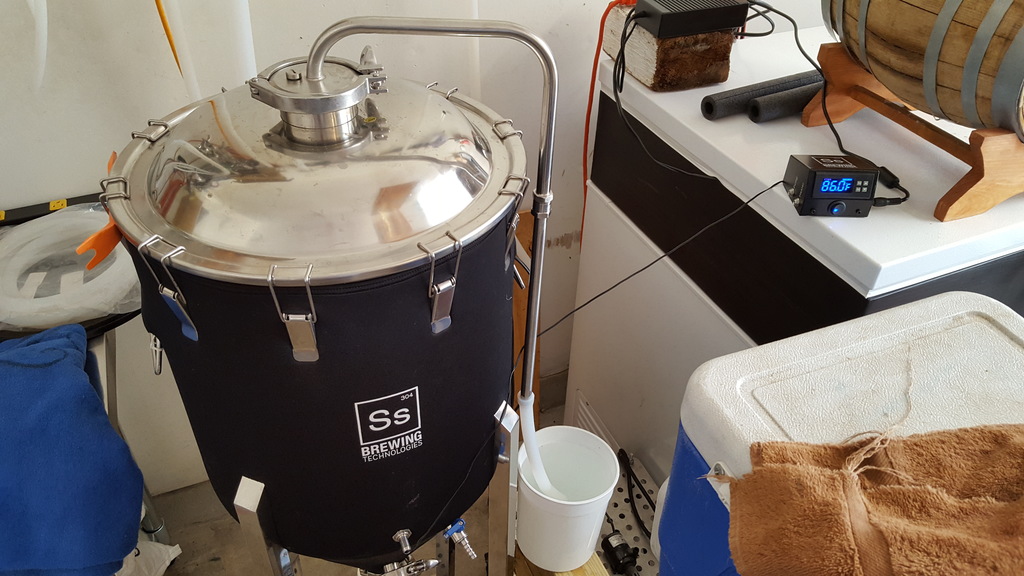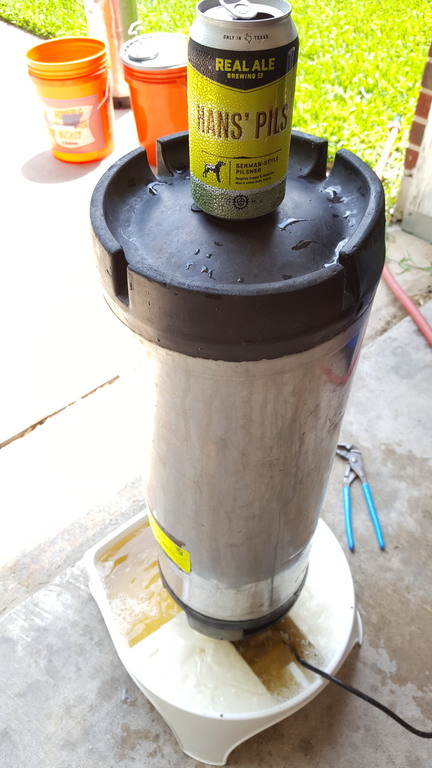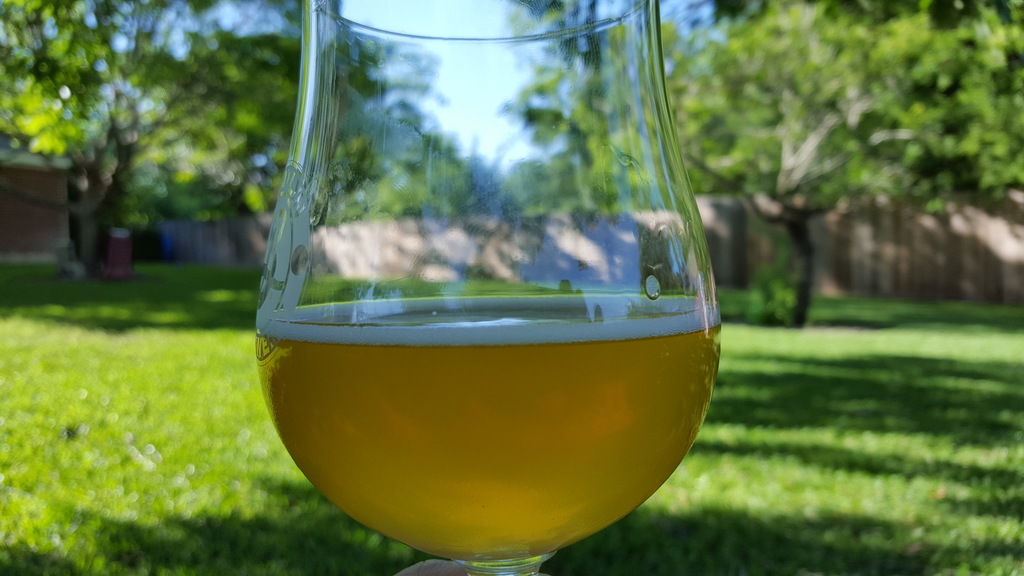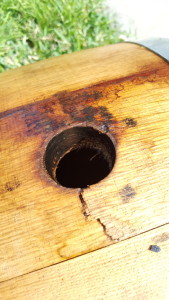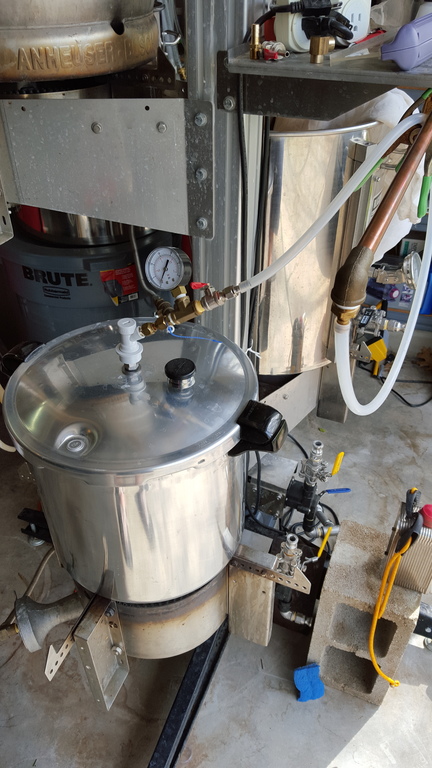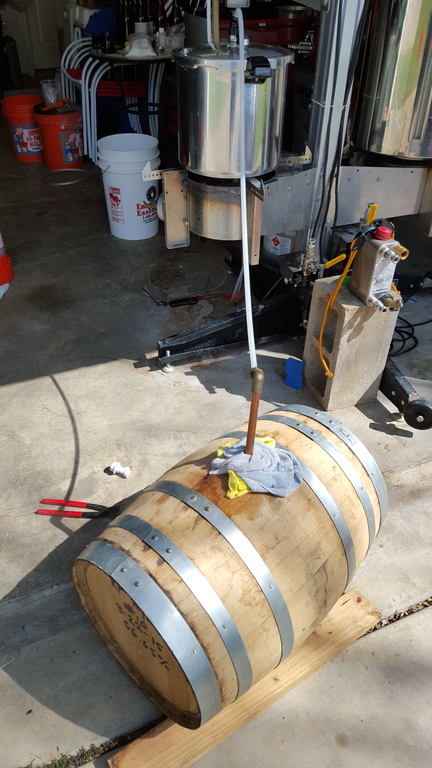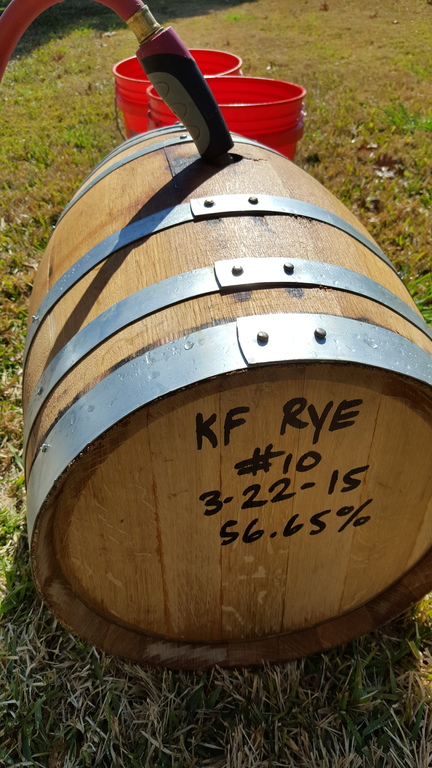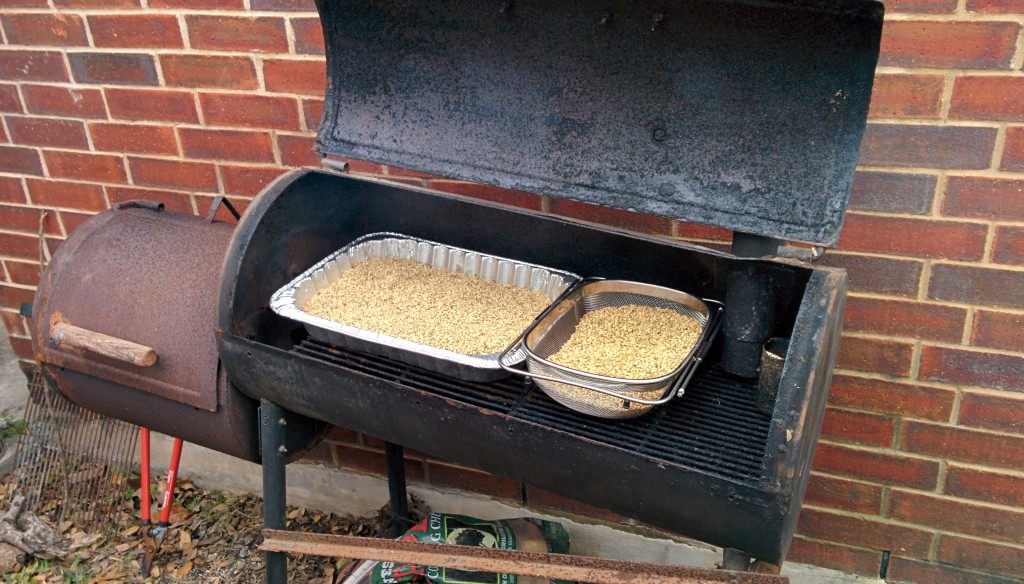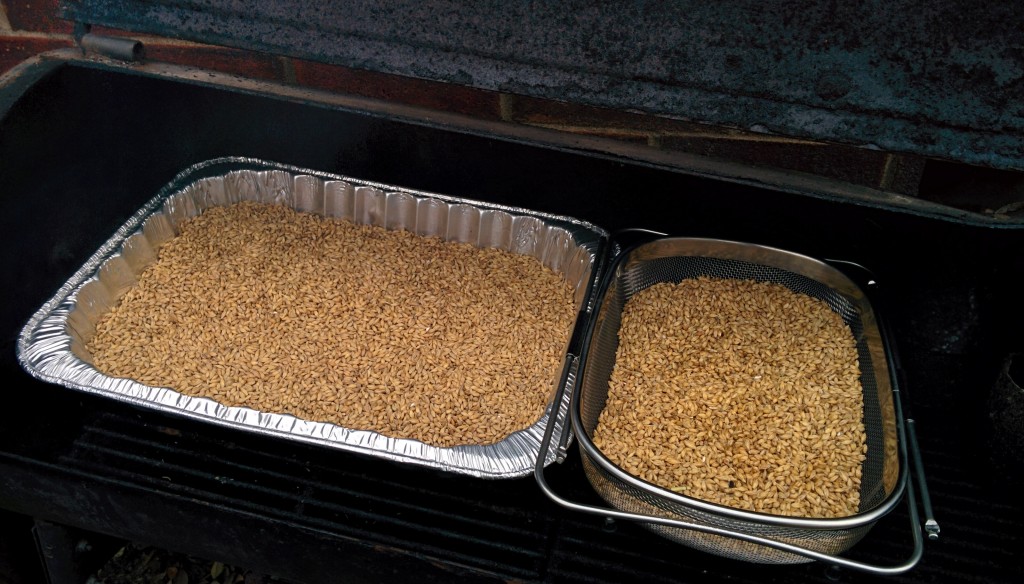After many years of promising myself and others that I’d get a conical I finally did. It took a while. I really had wanted a Blichmann; mostly because they had just about everything right from the start and most of the other options we’re either much more expensive (hard to believe right?) or just not as well made. My close friend picked up a smaller 7G Stout tank and ended up upgrading the connections as well as fiddling with the lid for a tight seal and the 3-leg design was rather tippy but ultimately didn’t use it that often since it lacked a good mechanism for chilling. Blichmann of course doesn’t either but were constructed to fit upright freezers or fridges. My search continued.
My initial look at SS Brewtech bucket as well as conical left me not convinced. The primary use-case for the conical was to have a vessel from which I could complete fermentation, yeast dump, dry-hop, recirculate and ultimately bottle or keg the beer without exposure to O2. Initial buckets and conicals came with warnings that pressurizing was not supported. The cooling system of coils was an add-on and it lacked a simple way to clean the conical in-place. The most recent so-called “Brew Master Edition” however was aimed at addressing all of those points. I found myself convinced after viewing a couple of threads on Homebrew Talk where some users had started to put together a complete solution. In June I finally ordered the half-barrel and all of the parts needed for a CIP cart.
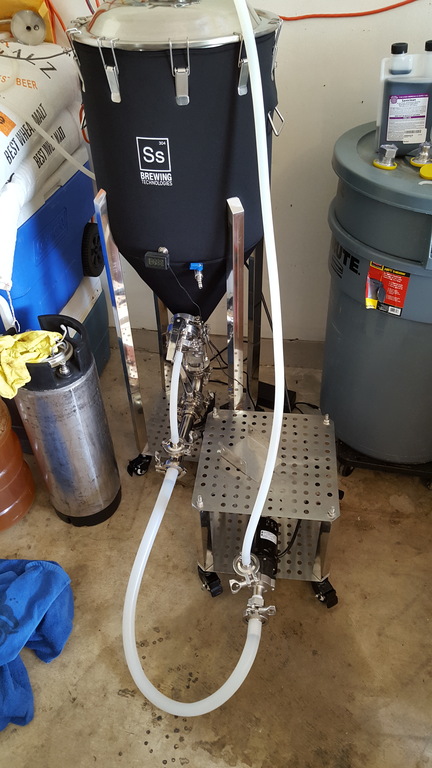
Conical with Clean In Place (CIP) cart. This pumps PBW (or Acid cleaner) into the top which has a spray-ball. It outputs liquid through both the racking port and the bottom dump. 1″ host at the bottom back into the the pump.
After some time with the conical learning the tri-clover connections, figuring out the CIP process as well as how I was going to transfer beer from the boil-kettle to the conical, I was ready for a brew session.
I decided that my best course of action was to brew something that I wouldn’t mind having a lot of (15 Gallons is a lot for one brewer to drink) but light enough in cost that if this failed I wouldn’t be tempted to ignore the flaws that a new process and equipment might introduce. I also had a nice 500mL slurry of yeast from the previous 5 gallon batch which was a ready-made pitch for a 16 Gallon batch!
Due to various time constraints, I unfortunately had to brew during the day. Texas is not enjoying the previous two weeks of mostly 100+ F days. Today was no exception, high of 100F; though a 40% chance lies, err of rain? Woxford, however is equipped for summer brewing and two fans were strategically placed near the brewers station.
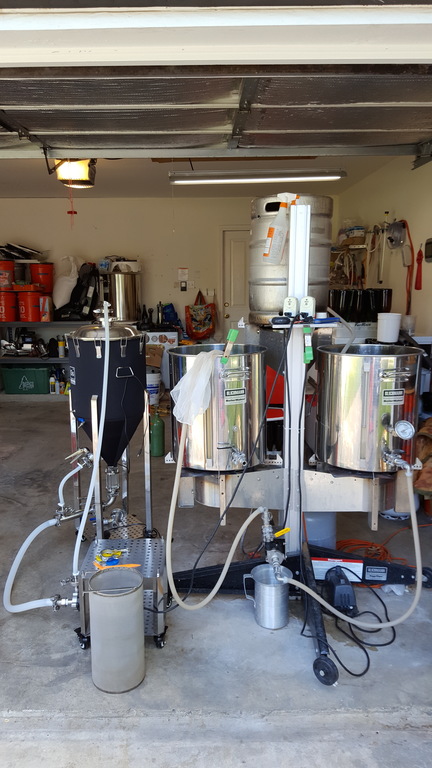
On brewday I ran a batch of Saniclean (non-foaming sanitizer) through while I was draining wort from the mash tun to the boil kettle.
After a 60 minute mash and waiting for the HLT to bring nearly 15G of sparge water to temperature I transferred from the mash tun to the boil-kettle. While that was running I ran 1 oz of Saniclean (no rinse sanitizer that foams *much* less than Star San) through the conical with the CIP Spray-ball and the tubing connected. That only requires 3 minutes of contact time but it ran for about 20 minutes.
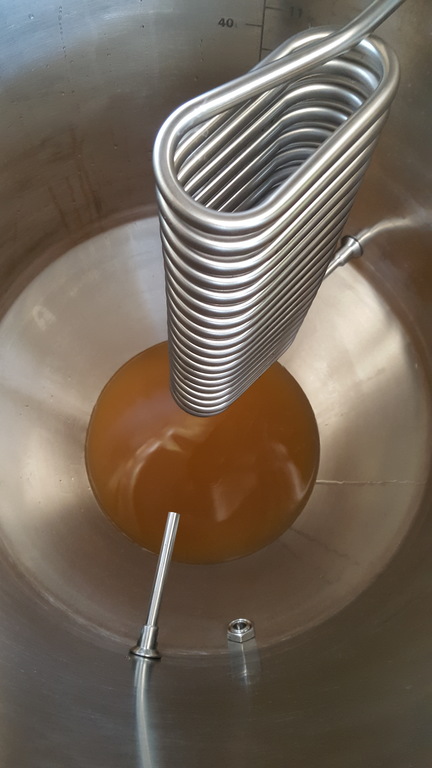
Inside of the conical during transfer. The stainless chilling coils are built in for maintaining temps.
After a 20 minute whirlpool of hops I started transferring the chilled wort (about 80F with ground water) into the conical. The slow rate due to the warm ground water resulted in about a 20 minute chill time into the conical; that likely added a bit more IBUs since the hops were in-contact for a bit longer. That’s OK, it was under 20 IBUs already.
16 Gallons in the conical now. I applied oxygen for approximately 180 seconds (60s per 5 gallons) and pitched the yeast. Closing the top and connecting the blow-off tube and it’s all done.
The temp in the garage is going to hit mid-90s, but the yeast strain from Jester King is highly temperature tolerant and produces a super-dry and attenuated beer. After it’s fermented to dryness, I’ll connect the glycol chiller and bring the temperature down to around 60F which will help the bacteria start to sour the beer a bit. I’ll follow up with a post on connecting and using the chiller as well as a post on recirculating bottling sugar and yeast when I bottle the batch from the conical directly.
I’m superbly happy with the conical so far and I’ll be sure to share any issues I encounter along the way.
Here’s Hoshi no Ojisama scaled up to 16G, along with some hop-changes for using older hops I still have around.
Recipe Details
| Batch Size | Boil Time | IBU | SRM | Est. OG | Est. FG | ABV |
|---|---|---|---|---|---|---|
| 16 gal | 60 min | 23.3 IBUs | 2.2 SRM | 1.026 | 1.005 | 2.7 % |
| Actuals | 1.025 | 0 | 0.0 % | |||
Style Details
| Name | Cat. | OG Range | FG Range | IBU | SRM | Carb | ABV |
|---|---|---|---|---|---|---|---|
| Saison | 17 2 | 1.048 - 1.065 | 1.002 - 1.012 | 20 - 35 | 5 - 14 | 2.2 - 2.8 | 5 - 7 % |
Fermentables
| Name | Amount | % |
|---|---|---|
| Pilsen (BestMälz) | 13 lbs | 81.25 |
| Wheat (BestMälz) | 3 lbs | 18.75 |
Hops
| Name | Amount | Time | Use | Form | Alpha % |
|---|---|---|---|---|---|
| Target | 2 oz | 60 min | Boil | Pellet | 4.3 |
| Tettnang | 2 oz | 10 min | Boil | Pellet | 2.3 |
| Target | 2 oz | 20 min | Aroma | Pellet | 4.3 |
| Tettnang | 2 oz | 20 min | Aroma | Pellet | 2.3 |
| Galaxy | 0.87 oz | 20 min | Aroma | Pellet | 8.3 |
| Crystal | 3 oz | 7 days | Dry Hop | Pellet | 0.9 |
| Willamette | 2.37 oz | 7 days | Dry Hop | Pellet | 1.7 |
Miscs
| Name | Amount | Time | Use | Type |
|---|---|---|---|---|
| Phosphoric Acid | 20.00 ml | 60 min | Mash | Water Agent |
| Calcium Chloride | 1.20 g | 60 min | Mash | Water Agent |
| Epsom Salt (MgSO4) | 1.20 g | 60 min | Mash | Water Agent |
| Gypsum (Calcium Sulfate) | 1.20 g | 60 min | Mash | Water Agent |
Yeast
| Name | Lab | Attenuation | Temperature |
|---|---|---|---|
| Jester King Mixed Culture (JK01) | Jester King | 84% | 65°F - 77°F |
Mash
| Step | Temperature | Time |
|---|---|---|
| Saccharification | 156°F | 40 min |
| Mash Out | 168°F | 10 min |
Notes
| http://jesterkingbrewery.com/jester-king-homebrew-recipes-part-ii Hop Change: EKG -> Target Fuggle -> Tett Add Fruity hop (Galaxy or Moz) to hopstand 2016-07-25 - 9AM -> 1:45PM Hydro was below 1.000, so estimating at 0.995; temp 175F ~ 1.022 O.G post-boil @ 17.33 gallons was 6.4 brix, which resulted in 1.025 S.G Pitched 500mL of JK slurry from last Hoshi, aerated for 120 seconds with Oxygen Temp reading at 86F in garage, likely to rise. No chilling attached. |
Download
| Download this recipe's BeerXML file |


